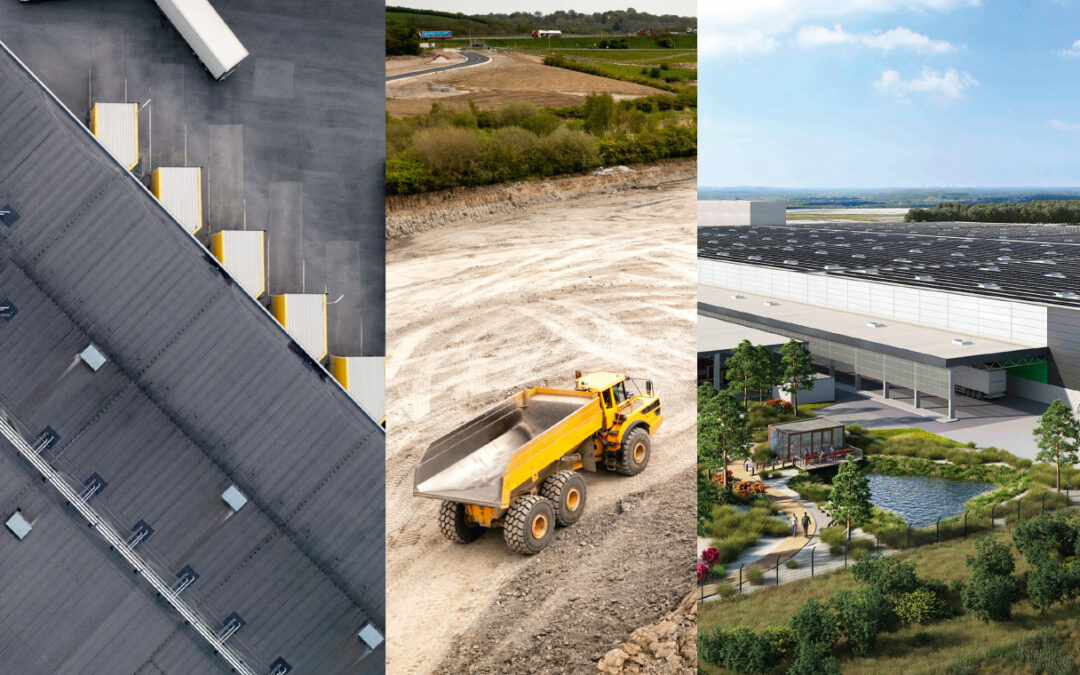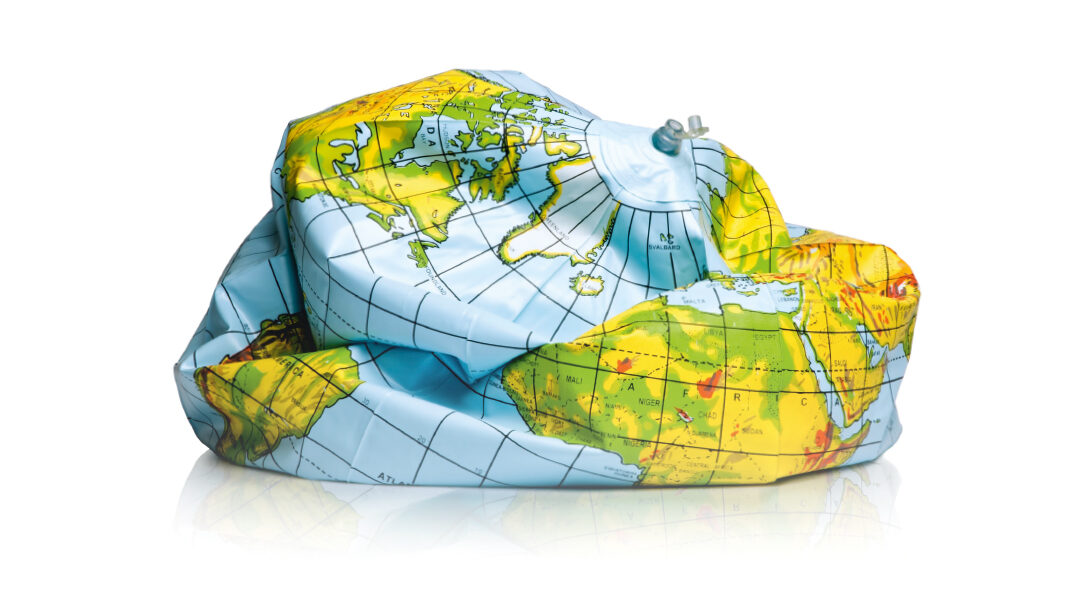United by a common goal – the sustainable transformation of the industry – a wide variety of players from the port and logistics industry will gather in Bremen when ENVOCONNECT opens its doors for the third time this year. But how far has Germany actually come in terms of sustainability? And which areas are currently being worked on most intensively?


































